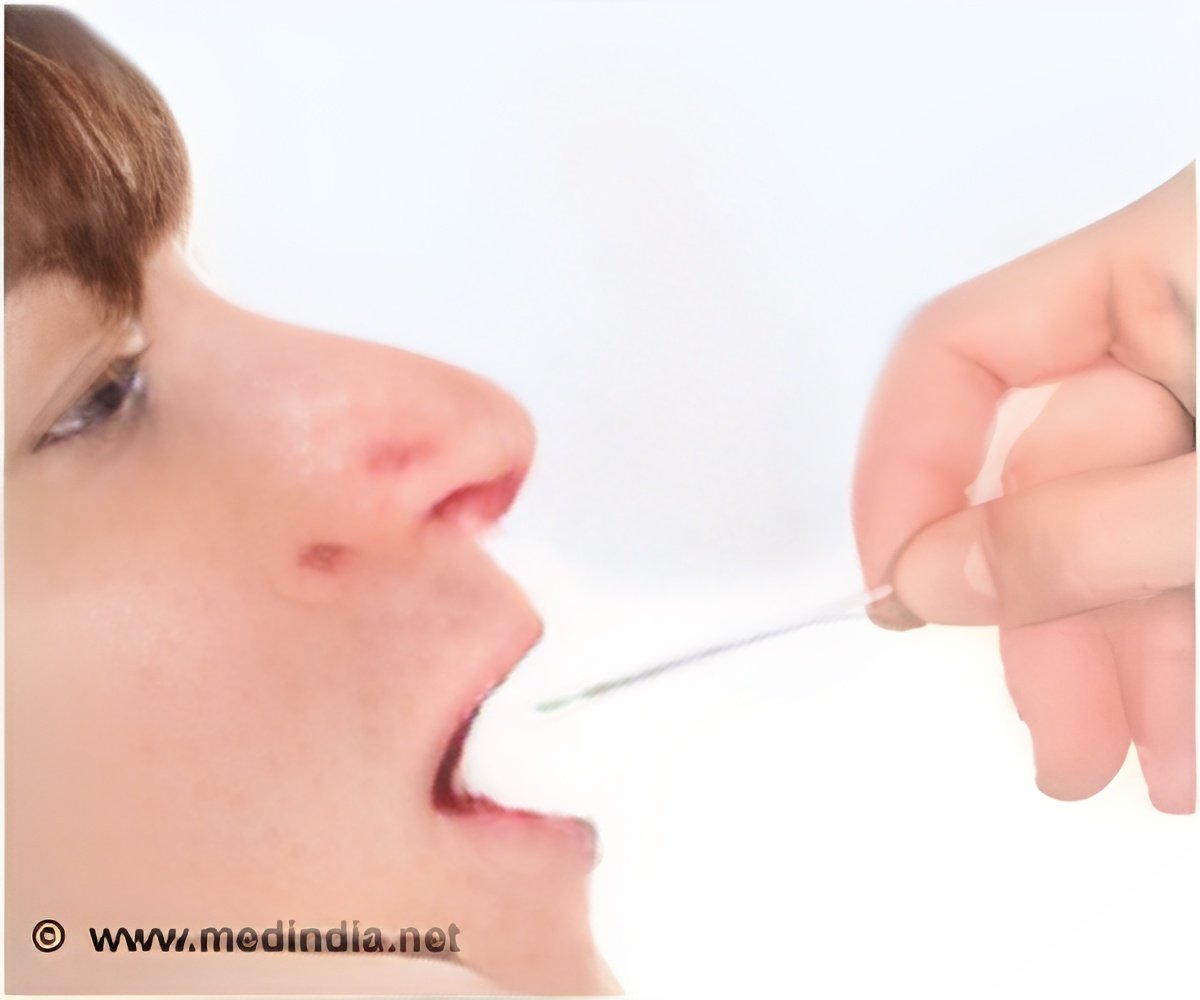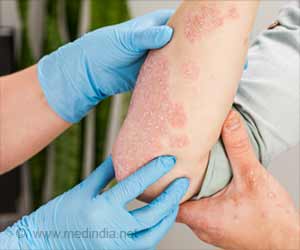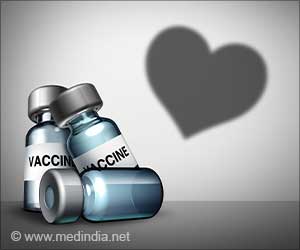
‘The mouth, via infected oral cells, plays a bigger role in SARS-CoV-2 infection than previously thought. When infected saliva is swallowed or tiny particles of it are inhaled, it can potentially transmit SARS-CoV-2 further into our throats, our lungs, or even our guts.’
Tweet it Now
The study revealed that salivary gland cells could play a role in transmission of the SARS-CoV-2 virus to the lungs or digestive system via saliva. Understanding the involvement of mouth cells could inform strategies to reduce viral transmission within and outside the body.Reported today (25th March) in Nature Medicine, this first publication with the HCA Oral & Craniofacial Network is part of the international Human Cell Atlas (HCA) consortium effort to map every cell type in the human body, transforming our understanding of health, infection and disease. The study could also help explain some of the oral symptoms experienced by COVID-19 patients, including taste loss, dry mouth and blistering.
Previous studies* have shown that cells in the nose and lung contain high levels of RNA for key proteins that allow the SARS-CoV-2 virus to enter cells. However, the role of the mouth in COVID-19 transmission is poorly understood. While it is known that saliva of people with COVID-19 can contain SARS-CoV-2, it has been unclear if mouth cells are involved.
To investigate the role of mouth cells, the researchers first studied mouth tissue samples from healthy volunteers, using cutting-edge single cell RNA sequencing technology and bioinformatics methods. They looked for individual cells that expressed two key entry proteins - ACE2 and the TMPRSS2 protease - which SARS-CoV-2 uses to infect human cells, and discovered that salivary gland ductal cells and some gingival, or gum, cells expressed both proteins. This showed that these cells were vulnerable to infection.
Next, the researchers investigated mouth tissues from COVID-19 patients who had died or who had given biopsy samples. They discovered SARS-CoV-2 RNA in salivary gland cells, indicating these cells had been infected and found evidence that the virus was replicating in some of these cells.
Advertisement
Professor Kevin M. Byrd, joint lead author on the study and a coordinator of the HCA Oral & Craniofacial Biological Network, who carried out the work at the Adams School of Dentistry at the University of North Carolina at Chapel Hill, said: "Taken together, the study's findings suggest that the mouth, via infected oral cells, plays a bigger role in SARS-CoV-2 infection than previously thought. When infected saliva is swallowed or tiny particles of it are inhaled, we think it can potentially transmit SARS-CoV-2 further into our throats, our lungs, or even our guts."
Advertisement
Professor Blake M. Warner, assistant clinical investigator and chief of NIDCR's Salivary Disorders Unit, who co-led the study, said: "By revealing a potentially underappreciated role for the oral cavity in SARS-CoV-2 infection, our study could open up new investigative avenues leading to a better understanding of the course of infection and disease. Such information could also inform interventions to combat the virus and alleviate oral symptoms of COVID-19."
The work was carried out as part of the global Human Cell Atlas consortium** which aims to create reference maps of all human cells to understand health and disease. More than 2,000 people across 75 countries are involved in the HCA community, and the data is openly available to scientists worldwide.
The rapid collaboration between researchers on this study led to the creation of the HCA Oral and Craniofacial Biological Network. This is working towards the goal of creating comprehensive maps of oral and craniofacial cells as a basis for understanding oral health and oral diseases. Dr Sarah Teichmann, a senior author from the Wellcome Sanger Institute and co-chair of the Human Cell Atlas Organizing Committee, said: "Human Cell Atlas data is being used to understand COVID-19 and identify which of our cells are critical for initial infection and transmission. This first integrated adult Human Oral Cell Atlas is openly available, to help understand SARS-Cov-2 transmission and inform preventative measures to reduce the spread of this coronavirus. The global Human Cell Atlas community will continue to investigate cells and targets likely to be involved in COVID-19."
Source-Newswise















